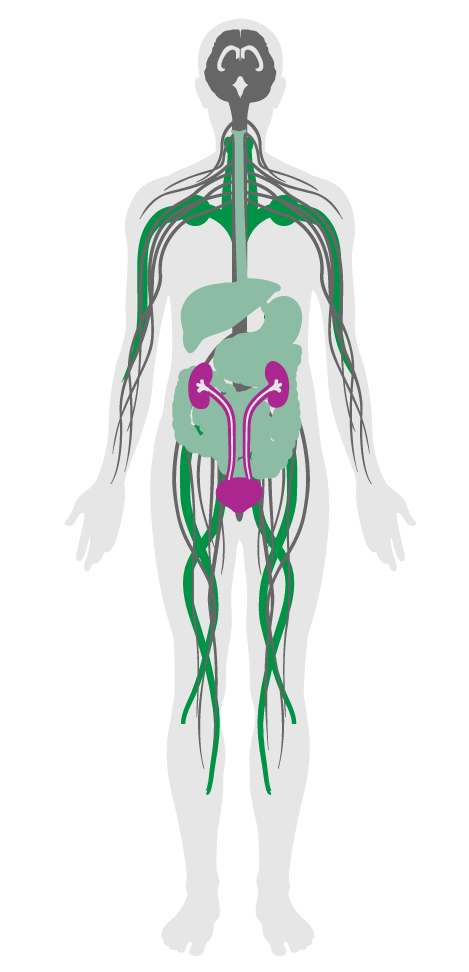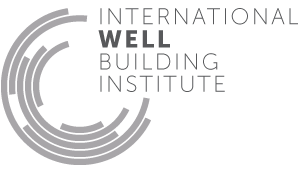Periodic water quality testing
35. Periodic water quality testing
Changing industrial practices and temporal variations in temperature, pH and weather may affect the leaching rate of inorganic metals into drinking water sources. Where possible, routine testing can help to detect any large variations in the chemicals present in water and help alert building occupants if a building is inconsistently receiving high quality water.
Quarterly testing for inorganic metals ensures that water quality is maintained year-round. This feature requires that detailed records are kept of all tests, and that a remediation plan is in place for cases where unacceptable water quality has been detected.
All water being delivered to the project area for human consumption is tested quarterly (with reports submitted annually to the IWBI) for the presence of the following dissolved metals or metalloids:
Projects provide a written policy specifying:

Applicability Matrix
| Core & Shell | New & Existing Buildings | New & Existing Interiors | |
|---|---|---|---|
| Part 1: Quarterly Testing | - | O | O |
| Part 2: Water Data Record Keeping and Response | - | O | O |
| Commercial Kitchen | Education | Multifamily Residential | Restaurant | Retail | |
|---|---|---|---|---|---|
| Part 1: Quarterly Testing | O | O | O | O | O |
| Part 2: Water Data Record Keeping and Response | O | O | O | O | O |
Verification Methods Matrix
| Letters of Assurance | Annotated Documents | On-Site Checks | |
|---|---|---|---|
| Part 1: Quarterly Testing | Operations Schedule | ||
| Part 2: Water Data Record Keeping and Response | Operations Schedule |
| 35.1.a |
The WHO Guidelines for Drinking-water Quality, Fourth Edition notes that some hazards "may arise intermittently, often associated with seasonal activity or seasonal conditions." |
| 35.1.b |
The WHO Guidelines for Drinking-water Quality, Fourth Edition notes that some hazards "may arise intermittently, often associated with seasonal activity or seasonal conditions." |
| 35.1.c |
The WHO Guidelines for Drinking-water Quality, Fourth Edition notes that some hazards "may arise intermittently, often associated with seasonal activity or seasonal conditions." |
| 35.1.d |
The WHO Guidelines for Drinking-water Quality, Fourth Edition notes that some hazards "may arise intermittently, often associated with seasonal activity or seasonal conditions." |
